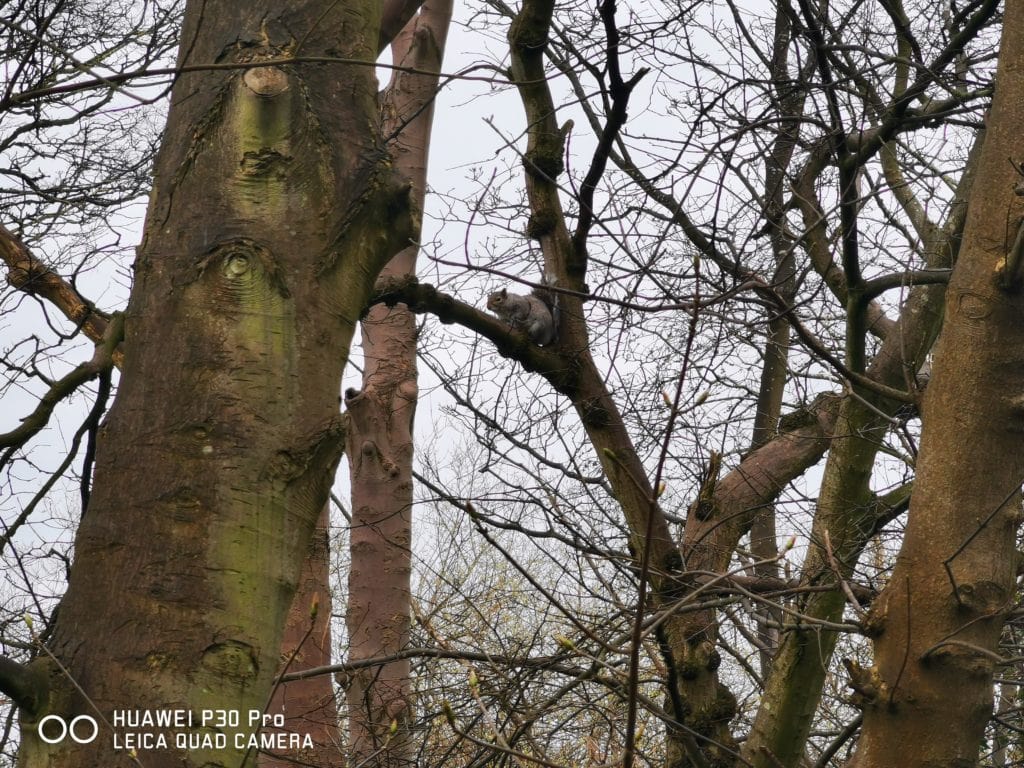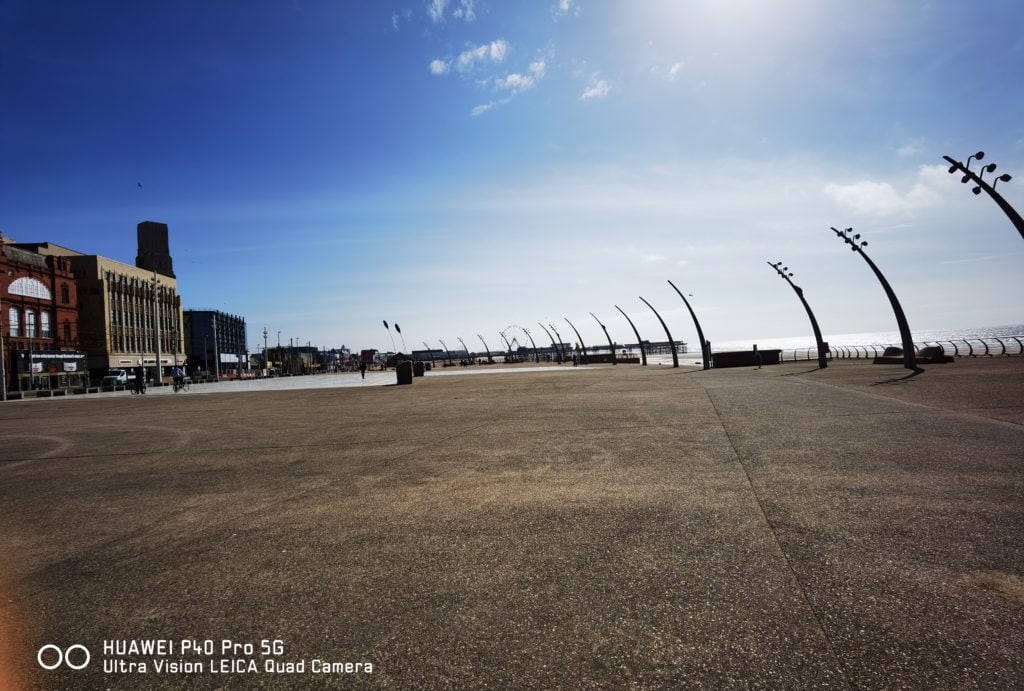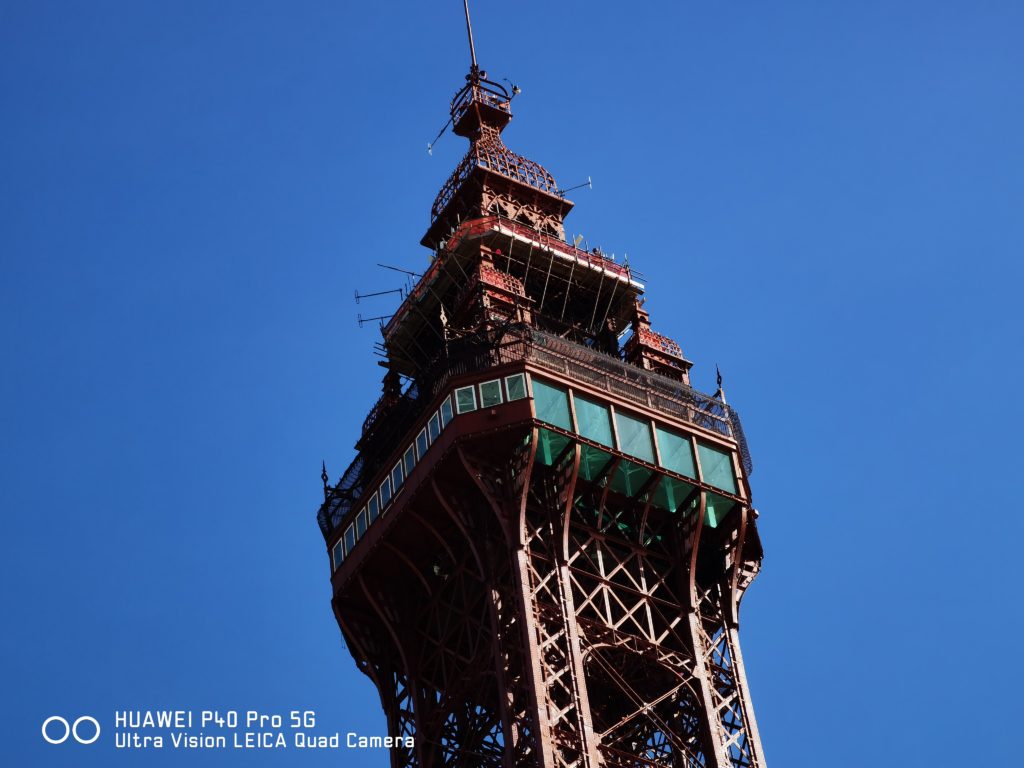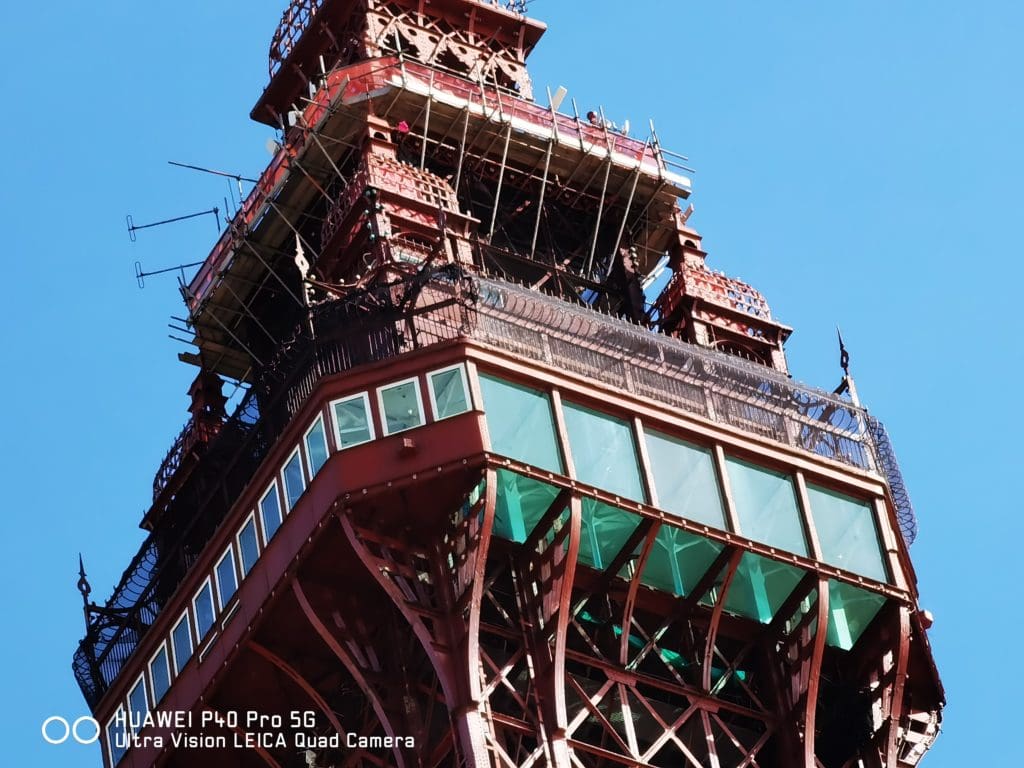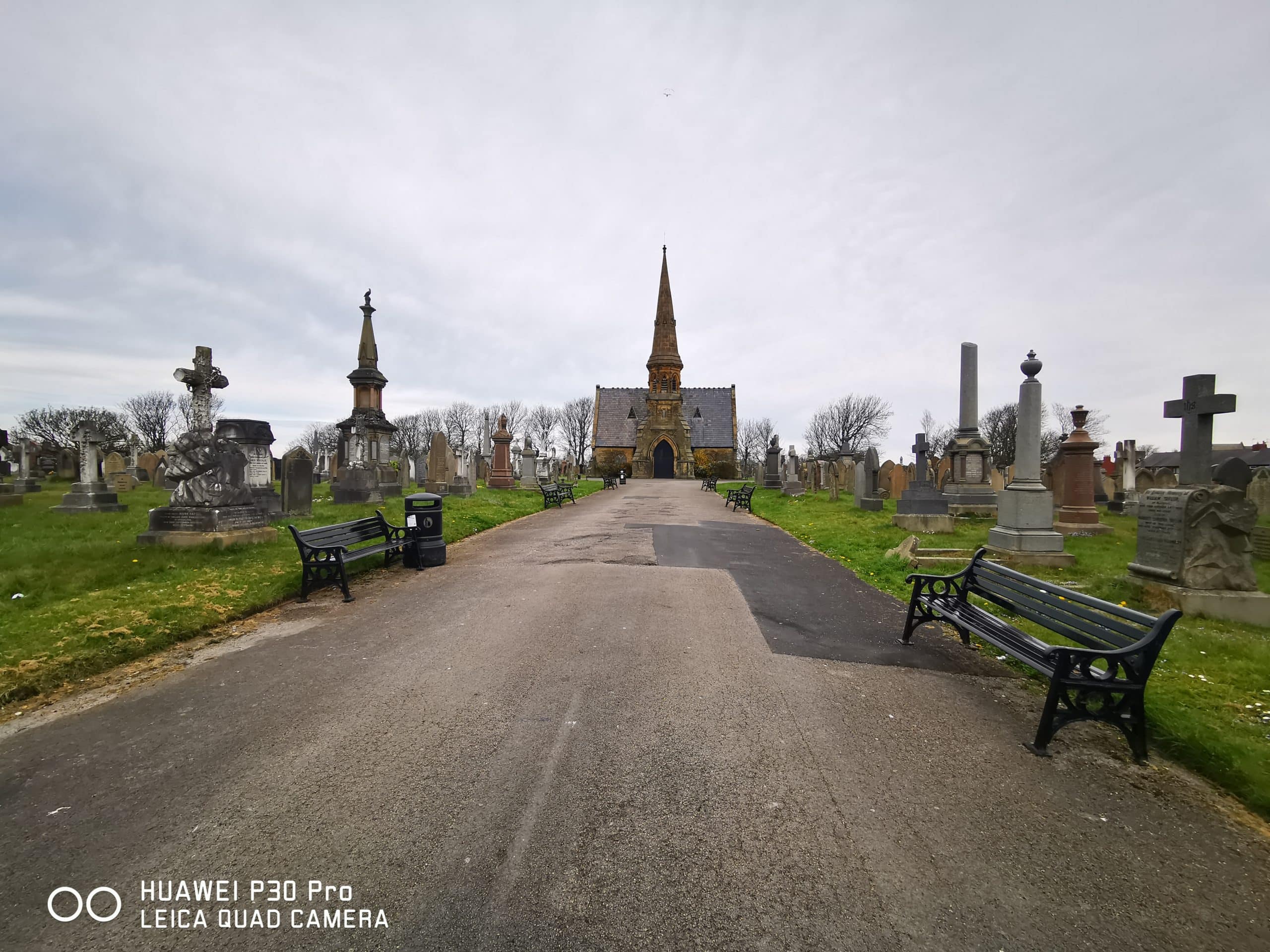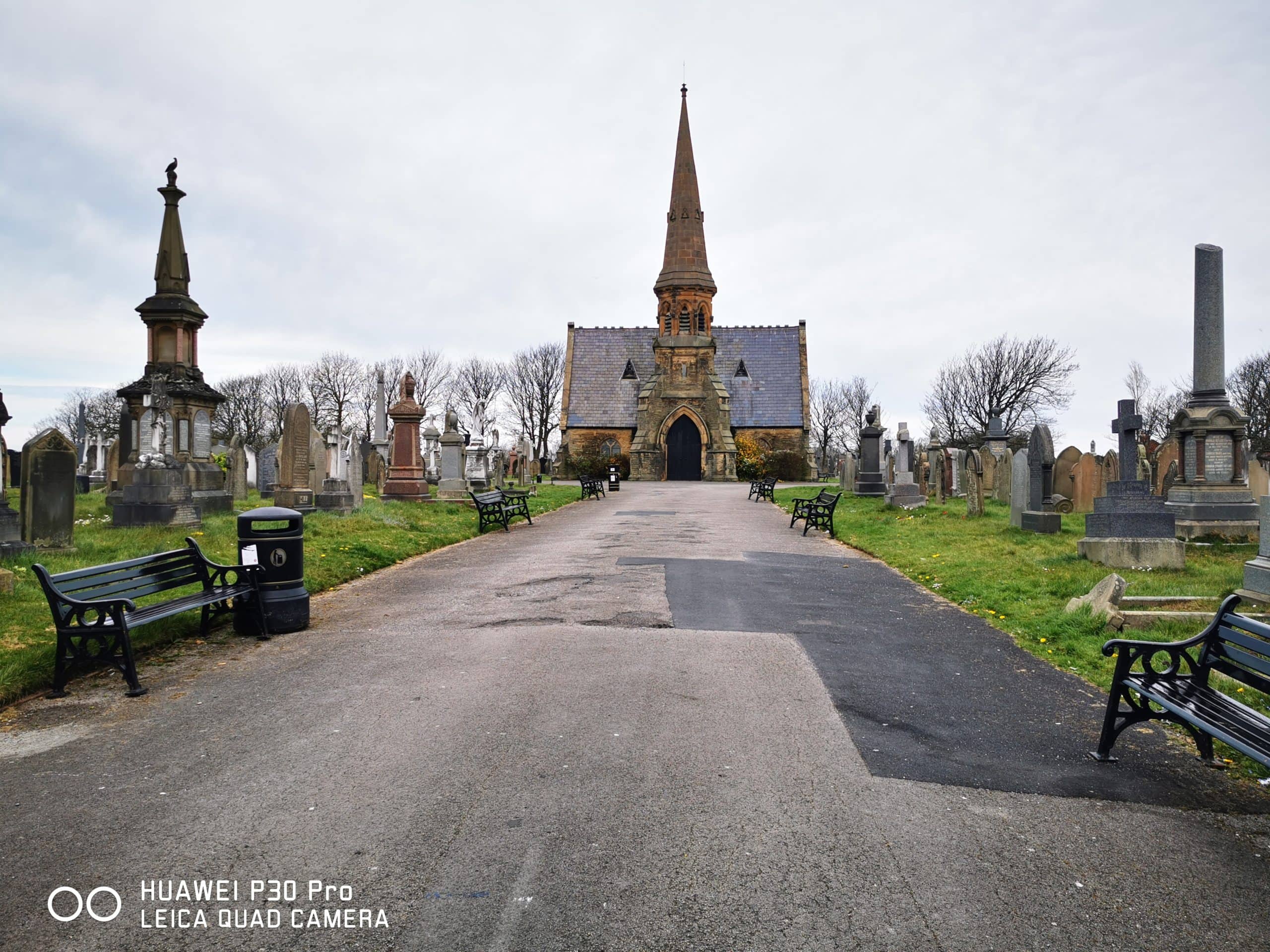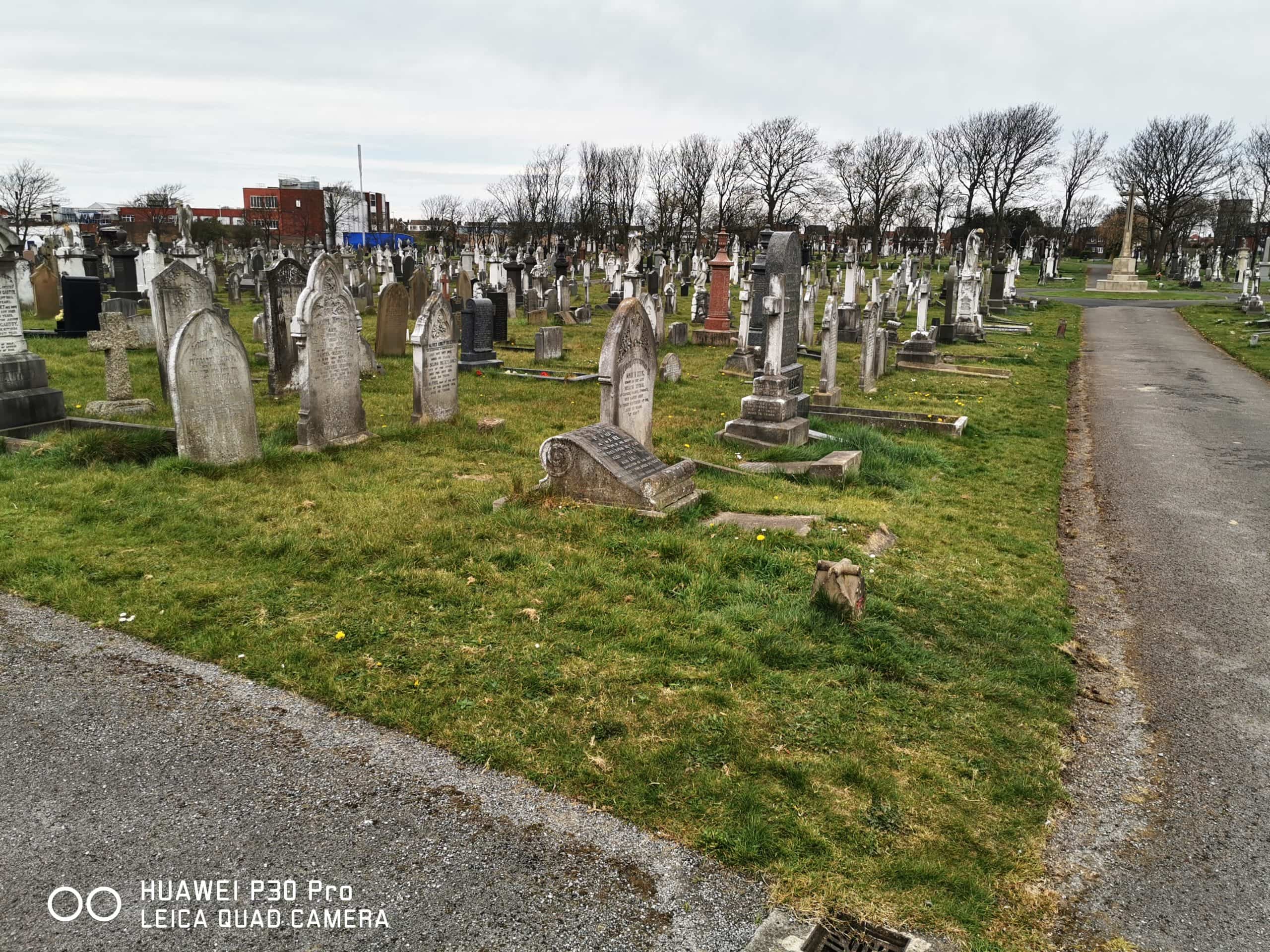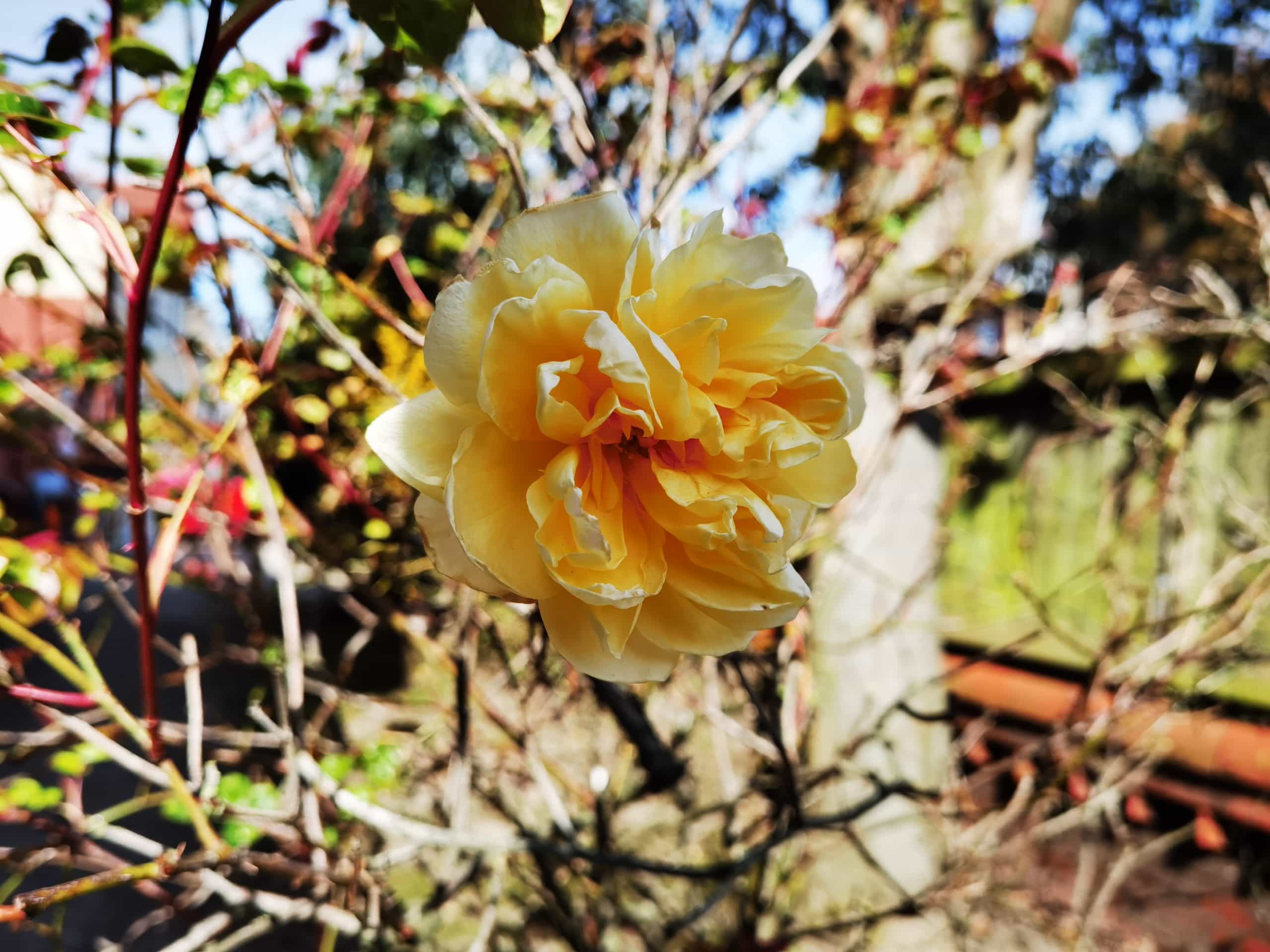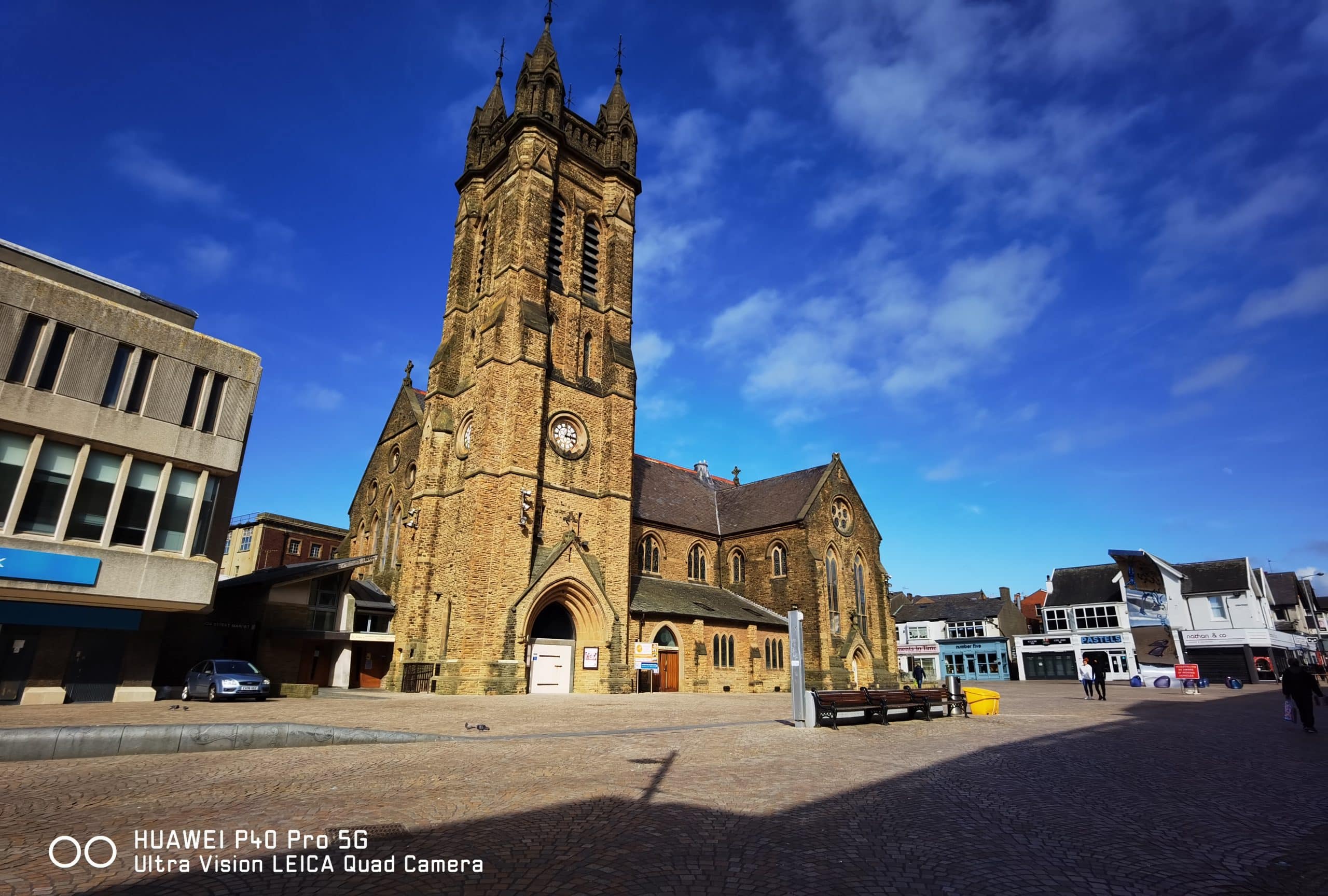The Huawei P40 Pro was launched a few days ago, and I have been using it since last week. The Px0 series of phones has always been the camera orientated model from Huawei and the P30 Pro was one of the most successful flagship phones of last year. It was my personal favourite, and it was generally regarded as one of, if not the best camera phones.
The Huawei P40 Pro launch has been marred slightly by the lack of Google Apps, and it will undoubtedly affect the popularity of the phone this year. I have covered this in more details on my Huawei P40 Google Apps guide.
Google or not, if you are looking for the best camera phone of the year, the P40 Pro should be a consideration, and I doubt any other phone that has been announced can compete with it (yet).
So how have things improved since last year?
I will preface this by stating I suck at photography, so all my shots should be viewed as the lowest common denominator, but it is also why I love the P30 Pro (and P40 Pro), because it makes my shoddy skills look OK.
I have not compared everything exhaustively, and travel limitations makes things even harder. This post is also a work in progress, I will update it the more I use the phone.
Huawei P40 Pro vs P30 Pro Specification
The P30 Pro was a particularly impressive launch, it introduced the new RYYB sensor developed by Huawei which offered the exceptional low light performance it achieves and the new 5x zoom periscope lens.
The P40 Pro is more evolutionary rather than revolutionary – it has taken all the good stuff from the P30 Pro and dialled it up a notch.
The periscope lens has seen an increase in megapixels, but they have also switched it to the new RYYB giving you a higher level of detail and some of that high ISO low light performance of the main camera.
Ultra-wide is my favourite lens, so I am glad this is getting more love this year doubling the pixel count while also increasing the sensor size by 75% (if my maths is correct).
On the primary lens, while 50MP may not look impressive when you compare it to 64MP and 108MP you will find on phones from Realme, Xiaomi and Samsung, it actually uses a much larger sensor. Bigger than any other phone on the market with a significant increase from last year. The sensor size determines how much light can be used, and the MP count is how many pixels you can squeeze into the sensor size. So it is a balancing act, and because sensors are physically large, it is hard to use a large sensor inside them, while the MP number is impressive in marketing, hence the trend for these big numbers.
The pixel size is represented in microns, so with the Samsung, you have a small pixel size because there are a lot of pixels going on their sensor. Nearly all new phones counter the small pixel size by binning the total MP count down using a Bayer filter to reduce them down normally by four fold increasing the pixel size accordingly.
So for comparison, we have:
- P4 Pro – 50 MP with the largest 1/1.28″ sensor
- Samsung Galaxy S20 Ultra – 108MP – 1/1.33″
- Xiaomi Mi 10 Pro 5G – 108MP – 1/1.33″ (it’s the same as the Samsung)
- Oppo Find X2 Pro – 48 MP – 1/1.43″,
- P30 Pro – 40MP – 1/1.7″
- Realme X50 5G – 64 MP – 1/1.72″
- Oppo Find X2 – 48 MP – 1/2.0″
- Google Pixel 4 XL – 12.2 MP – 1/2.55″
- Apple iPhone 11 Pro Max – 12 MP – 1/2.55″
I added the Pixel and iPhone just because they are often regarded as superb cameras. The Pixel series is regularly seen as the top camera phone of the year. So it is not just about the hardware numbers, but the processing that each camera does.
Zoom
Huawei P40 Pro
Huawei P30 Pro
Other P40 Zoom Samples
Low Light
With the low light photos I did a series of shots with decreasing light in my kitchen. All taken well before the sun comes up, first with two kitchen lights on, then one, then none but the hallway door open, then door closed.
With no lights on and the door open I could make out the skull but the screen on the phones was totally black. With the door closed I was fumbling around and not able to see the skull myself at all.
Huawei P40 Pro
The shots with a high level of red in them are normal photos with master AI on, the ISO value on these is ISO65535 the night mode shots which look more natural have a long exposure then an ISO1000.
The shot in pitch black was just a normal shot, using night mode I was unable to achieve anything other than a blotchy black image.
Huawei P30 Pro
Things are a little different with this one, with a normal shot I was unable to capture anything in the pitch black with the ISO value reading ISO65535, I ended up having to use the Pro mode to increase the timer to 30s and set the ISO to 6400 allowing me to manage blurry and grainy final shot. The very red shot of this one was using the night mode with an 8s timer and ISO5000 so this one was much better with a normal shot.
For more realistic comparisons:
Ultra-Wide
With this one I have done a side by side with a normal photo and ultra-wde
Huawei P40 Pro
Huawei P30 Pro
Super Macro
The previous ultra-wide lens was a 16mm equivalent, whereas the P40 Pro’s is an 18mm with a narrower field of view. This also means that the P40 Pro omits Huawei’s Super Macro mode, which utilized the 20MP ultra-wide camera.
Front Facing Camera
Coming soon.
General Shots
Video
Slow-motion video
Coming soon




